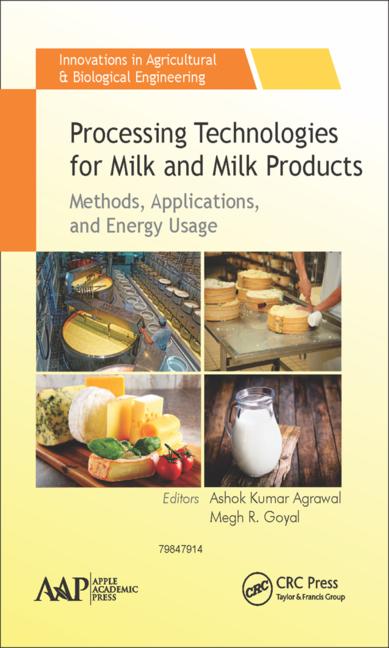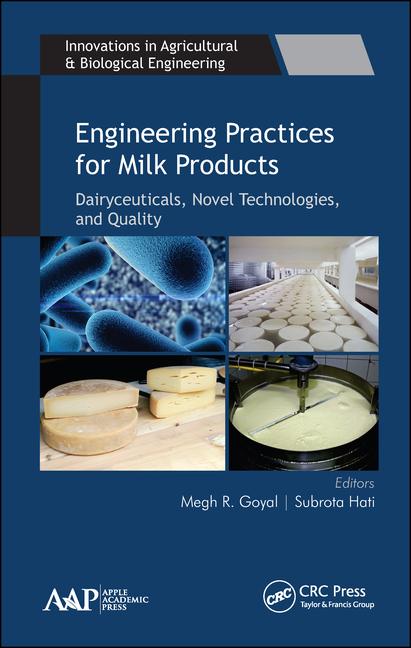Formulating dairy products for children can be tricky. Two essential ingredients are a clean label and a clever package, possibly adorned with Disney or Star Wars characters.
But the most critical component should be sound science. Despite ongoing advice from health professionals to consume low-fat dairy products, research continues to show a strong association between full-fat dairy and reduced rates of childhood obesity.
Whole milk and healthy weight
Consumption of both total dairy and higher-milk-fat dairy has been associated with better weight management in children. One meta-analysis from Europe (https://tinyurl.com/y89oaagq) comprising more than 46,000 children revealed that children with the highest dairy intake were 38% less likely to be overweight/obese than the children with the lowest dairy intake. And a recent study in San Francisco (https://tinyurl.com/yau5n3ez) showed that higher milk fat consumption was associated with lower odds of severe obesity among Latino preschoolers.
The message is translating into more whole-milk products for young children. Stonyfield Organic and Yoplait both sell whole-milk yogurts targeted to babies and children. Moreover, in January, Happy Family Organics announced the first-ever organic whole-milk yogurt with no added sweeteners for babies and toddlers.
“We use organic fruits and veggies and then add probiotics to help cultivate a happy belly!” said Shazi Visram, “chairmom” of the board.
But while the science holds true for older children, the message isn’t as well understood by adolescents. In a UK study (https://tinyurl.com/ybvw8z5u), children in the highest quartile of full-fat dairy intakes at age 10 had a greater than 30% reduced risk of excess body fat mass and being overweight at age 13 versus those in the lowest quartile.
Meanwhile, a recent study from Canada (https://tinyurl.com/y72rpxkm) explored barriers to milk consumption among 7th graders.
“In general, students thought of the fat in dairy as a bad and unhealthy component and thus frequently mentioned looking for low-fat dairy options based on labeling and nutrition facts tables,” said Megan Racey, Ph.D., University of Guelph. “Adolescents spend much of their time in schools, which could make teachers and the curriculum a good place to start educating students properly about nutrition and clarifying misconceptions about fat. Specifically, clarification about the different types of fats, understanding that eating fat doesn’t equal fat on your body, and educating about proper eating habits could be beneficial.”
Plant vs. animal protein
On a recent trip to China, I was asked several times why dairy protein was better than plant-based protein. A new U.S. Dairy Export Council monograph (http://www.dairyglobalnutrition.org), “Nutritional Benefits of Dairy Proteins,” highlights the importance of high-quality protein in child nutrition, especially during the critical first thousand days, from conception to 24 months.
“Protein is essential for healthy development. Recently, it has been indicated that infant protein deprivation often leads to stunting and that populations with optimum protein intake have fewer stunting cases,” said Moises Torres-Gonzalez, director of nutrition research for the National Dairy Council.
“Milk and dairy proteins are among the highest-quality sources available, Torres-Gonzalez added. “Some plant-based milks have comparable protein levels with cow’s milk but without all required essential amino acids. Nearly a quarter of children under age 5 globally are stunted. Foods and beverages containing dairy can help accelerate malnutrition recovery rates, boost linear growth and improve lean body mass in children.”
The dairy industry needs to continue to support sound science, and to focus on developing and promoting real dairy and full-fat dairy products for children.






